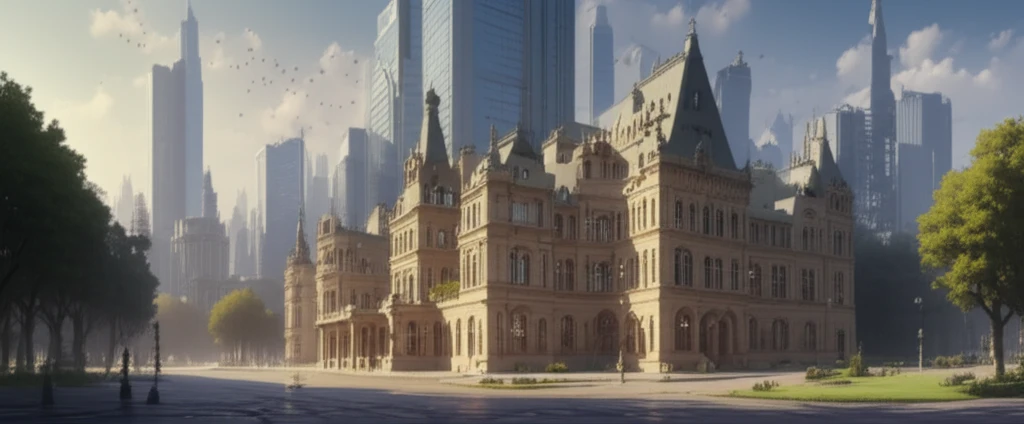
Breathing New Life into History: How Smart City Concepts Can Save Russia's Manors
"Unlocking the potential of Russia's historical estates through innovative integration and investment."
Architectural monuments are more than just old buildings; they form the very foundation of a nation's and a city's cultural identity. Preserving these historical treasures is not just about nostalgia; it's a cornerstone of sustainable development, enriching both our architecture and society as a whole.
Russia faces a pressing challenge: the rapid deterioration of its historical manor complexes. These aren't just relics of the past; they are potentially valuable assets that, if properly managed, could significantly boost the economic development of cities and suburbs.
While the Russian government recognizes the importance of preserving this architectural heritage through various federal programs and laws, state funds alone are insufficient to restore all the manors. The solution lies in finding modern uses for these estates, attracting both public and private investment to breathe new life into them.
The 'Smart City' Solution: A Modern Approach to Manor Revival

The 'Smart City' concept offers a promising pathway. By strategically adapting these underutilized buildings to meet modern needs, we can unlock their economic potential. A universal methodology for selecting the most suitable modern function for each manor is crucial to enhance profitability, attract investment, and seamlessly integrate these historical sites into the country's contemporary infrastructure.
- Business centers
- Sanatoriums
- Hotels
- Hospitals
- Educational institutions (kindergartens, schools, universities, music and art schools)
- Elite residential properties
- Hospices
- Concert halls
- Municipal facilities
- Co-working spaces
A Future Where History Thrives
By developing and implementing a matrix that considers these characteristics, we can objectively determine the most economically viable and culturally appropriate use for each manor.
This approach reduces risk for investors and encourages public-private partnerships, paving the way for the successful revitalization of these historical treasures. Examples of successful revitalizations include:
<ul> <li>The Znamenskoye-Gubailovo manor, transformed into a modern office center.</li> <li>An 18th-19th-century manor on Vorontsovo pole Street, now a conference center and headquarters for the Russian Society of Historians.</li> </ul> These examples highlight how thoughtful modern adaptation, guided by careful analysis, can ensure the survival and prosperity of Russia's manorial heritage.
